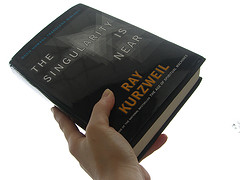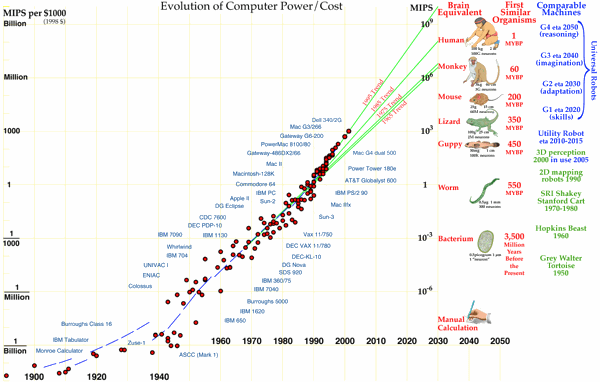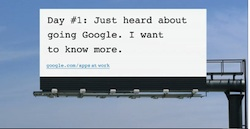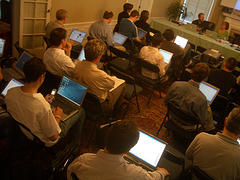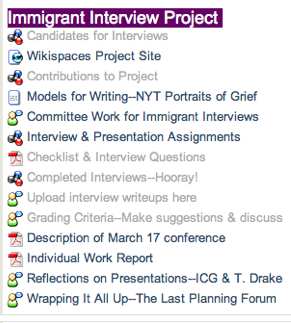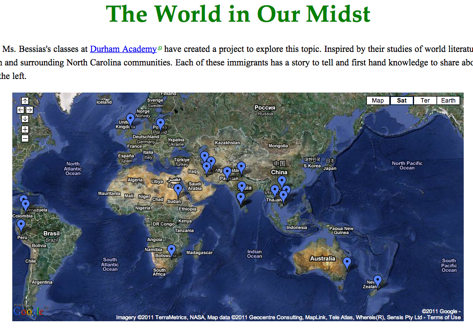
‘Rotation’
http://www.flickr.com/photos/11821713@N00/3230061564
This Rotation is For You! This was how I introduced our last rotation for the Digital Learning 5 class. I wanted to try some of the ideas I have been reading from Jonathan Martin, The Electric Educator, and others on how they are flipping the instructional flow. I also wanted the students to showcase what skills they have developed during our trimester course as a final project to see if all we learned would transfer when given an open ended project.
Using a Moodle assignment so I could assess their work and because it is our main class portal where I can add tutorials from Atomic Learning in our Moodle, and other learning links that we needed to learn, I posed this challenge:
In this project, I want you to think about what you would like to learn to do that you could teach yourself and us. For instance, have you ever wanted to learn how to shoot a video, how to create a podcast, use Photoshop, or any other type of technology?
You will fill out a Google form where you will list what you want to learn, how you will evaluate your learning, and which type of project will you produce. Your project should teach us something that you taught yourself. This is part of your final project for class.
Once I have the ideas you want to learn about, I will work on getting resources for you to help guide our learning. Unfortunately, YouTube is blocked here at school so that will not be an option. If you find a YouTube video at home, you can send me the link and I will download it so you can watch it at school.
You will be required to work on this at school and at home so consider this fact as you think about how you will create your final project.
Ideas:
How to draw a ……..
How to record a podcast?
How to shoot a good movie?
How to use Google Sketch Up?
How to use Google Earth?
How to use Scratch?
How to …….
Remember, you will teach yourself something and by doing so create something that will teach us.
We are now into the presentation stage of this project and these are the projects students have done to teach themselves and others. All students used a Google Presentation to present to the class. We worked on linking the video they made into the project since we had to upload their video to their Google Apps account and then get the link under the Share menu.
1. How to create a Stop Motion Animation – 4 students used cameras, iPhoto, and iMovie to create stories.
2. How to use Google Earth – 4 students have used Google Earth to create training movies, tips on how to use different tools or elements.
3. How to use iMovie – 4 students have used the Lumix cameras or video clips from parents to create movies that tell a story.
4. How to use Google Sketchup – 1 student wanted to learn more about this software after using it with his father.
I have learned that students will:
- rise to the challenge when offered an option to do something they have a passion to learn
- amaze you at the level of care and instructions they create
- want to help each other learn once they learn it themselves
- utilize tools and skills already learned to create new projects even without specific teacher directions
- using a Google form is an easy way to collect and visualize data for a project of this type
- actually use the Help menu in applications – how many of you can say that?
One student created a Google Presentation on how to use iMovie that it will serve as a tutorial for other students and teachers. She linked her presentation to an iMovie she has on her Mom’s Mobile Me account as it was too big to upload to our Google Apps setup. I never had thought about teaching students to do a stop motion animation, but believe I might work that in to the next class.
The biggest change is that I became the guide in the room to assist as needed but also to develop the soil where this type of self-guided learning could grow. This was a small step, but I feel had enough success that I will try it again next trimester.
